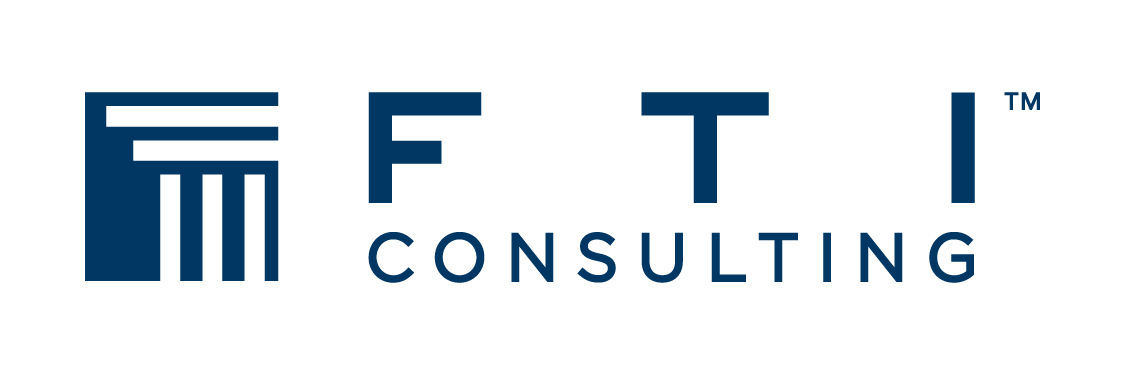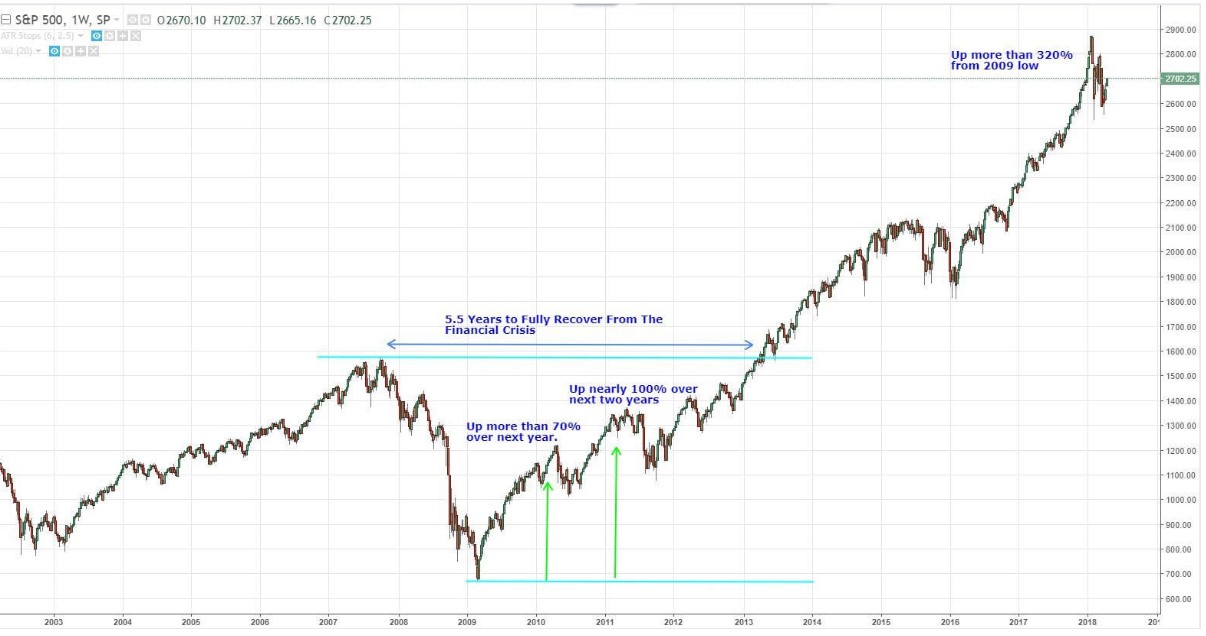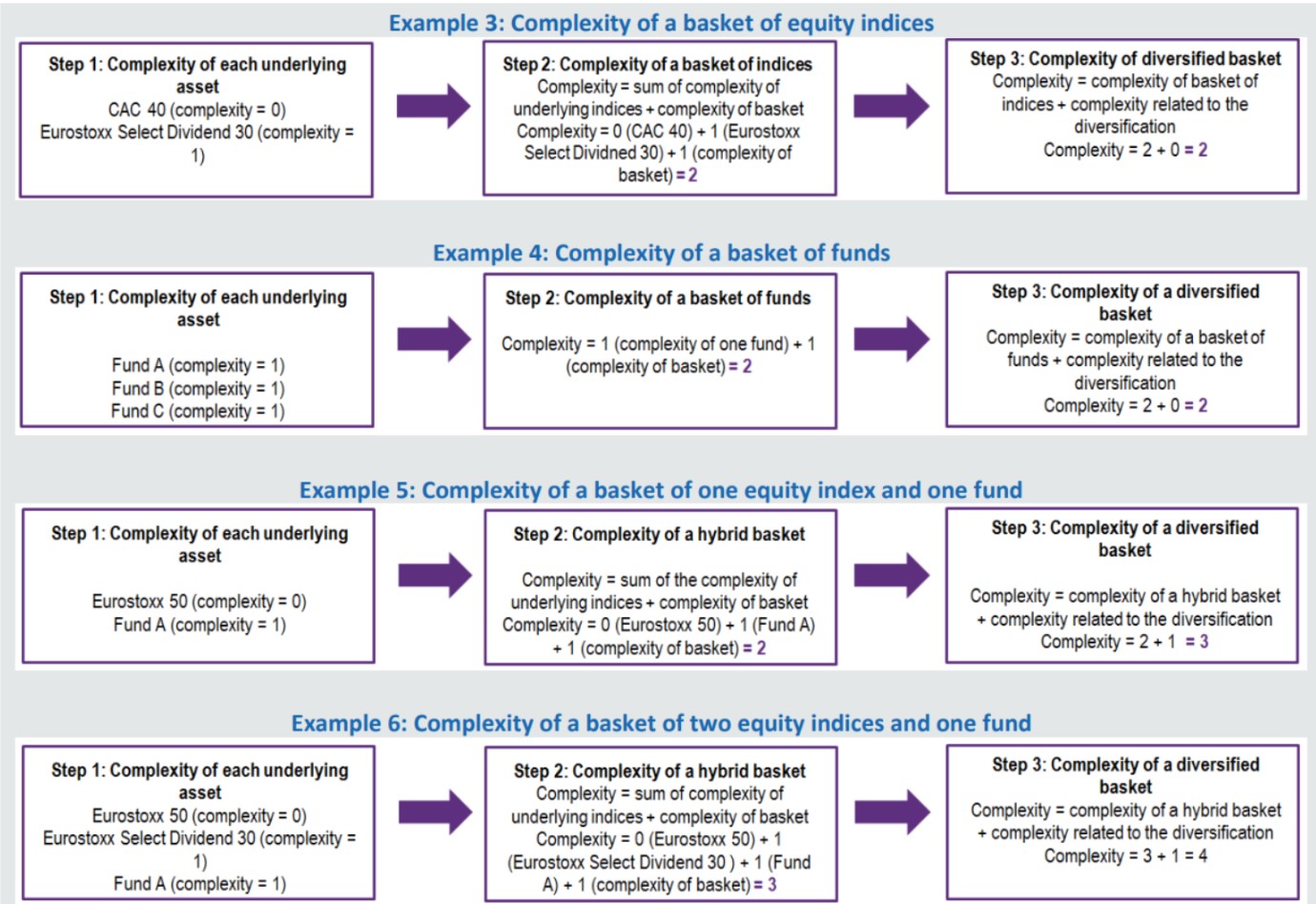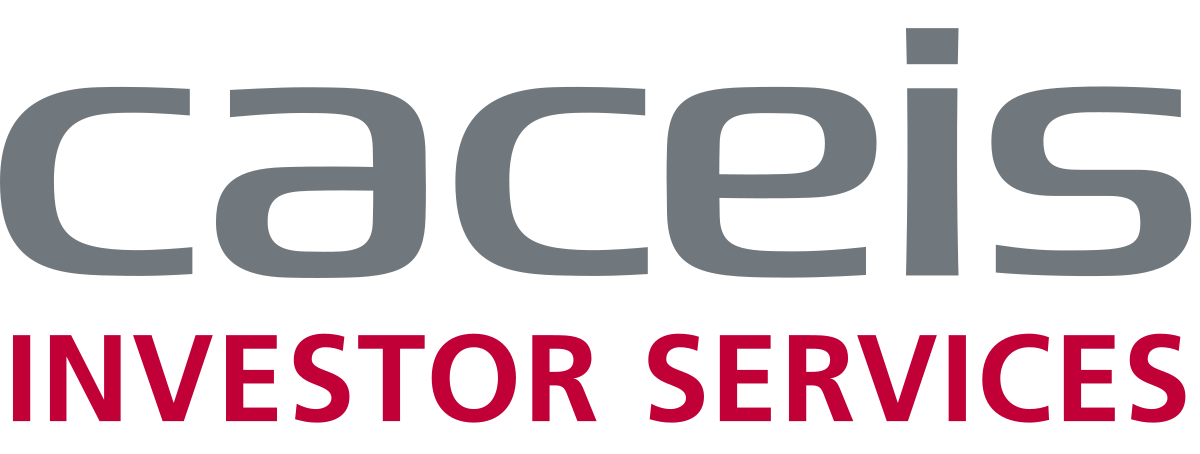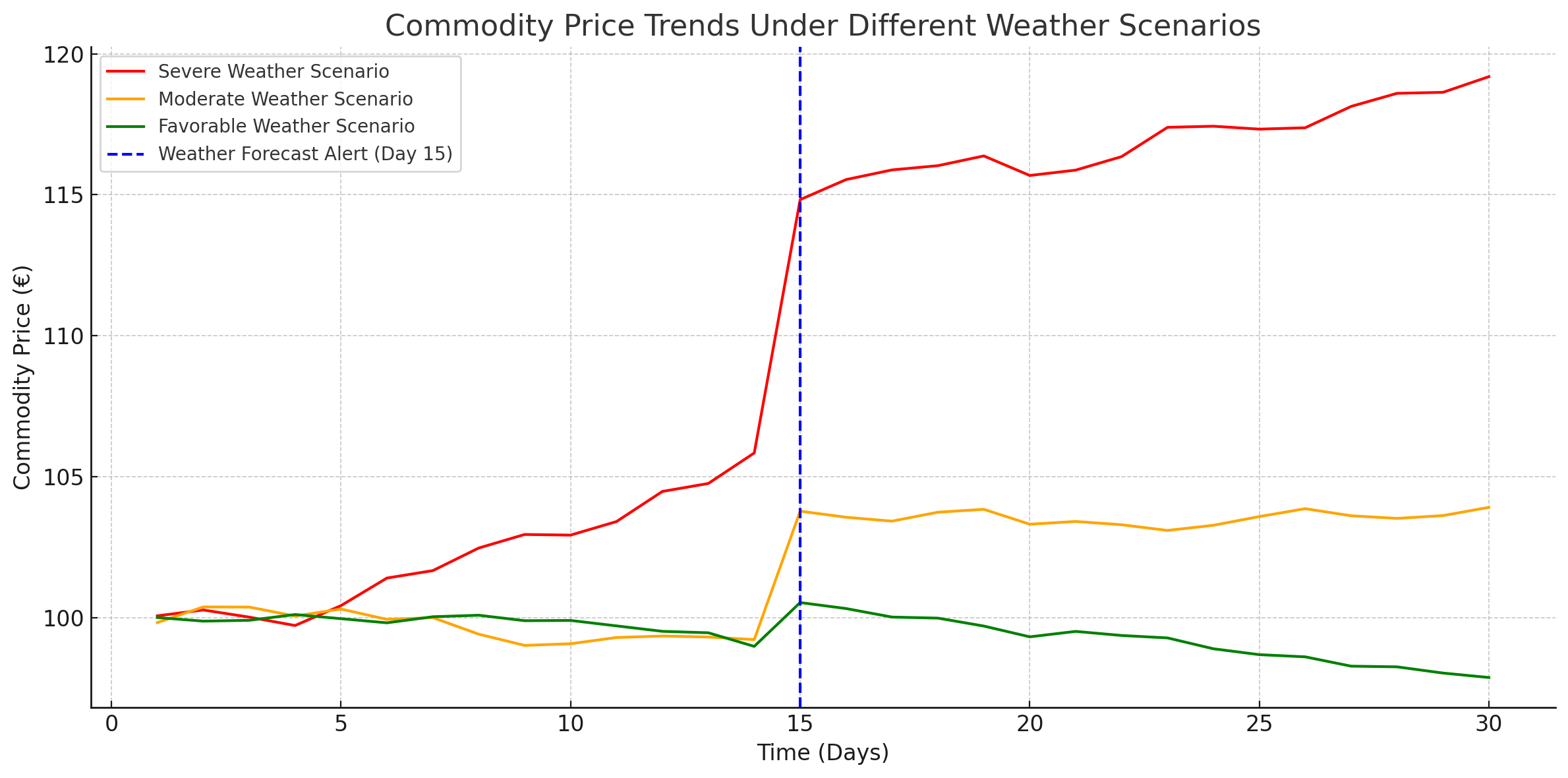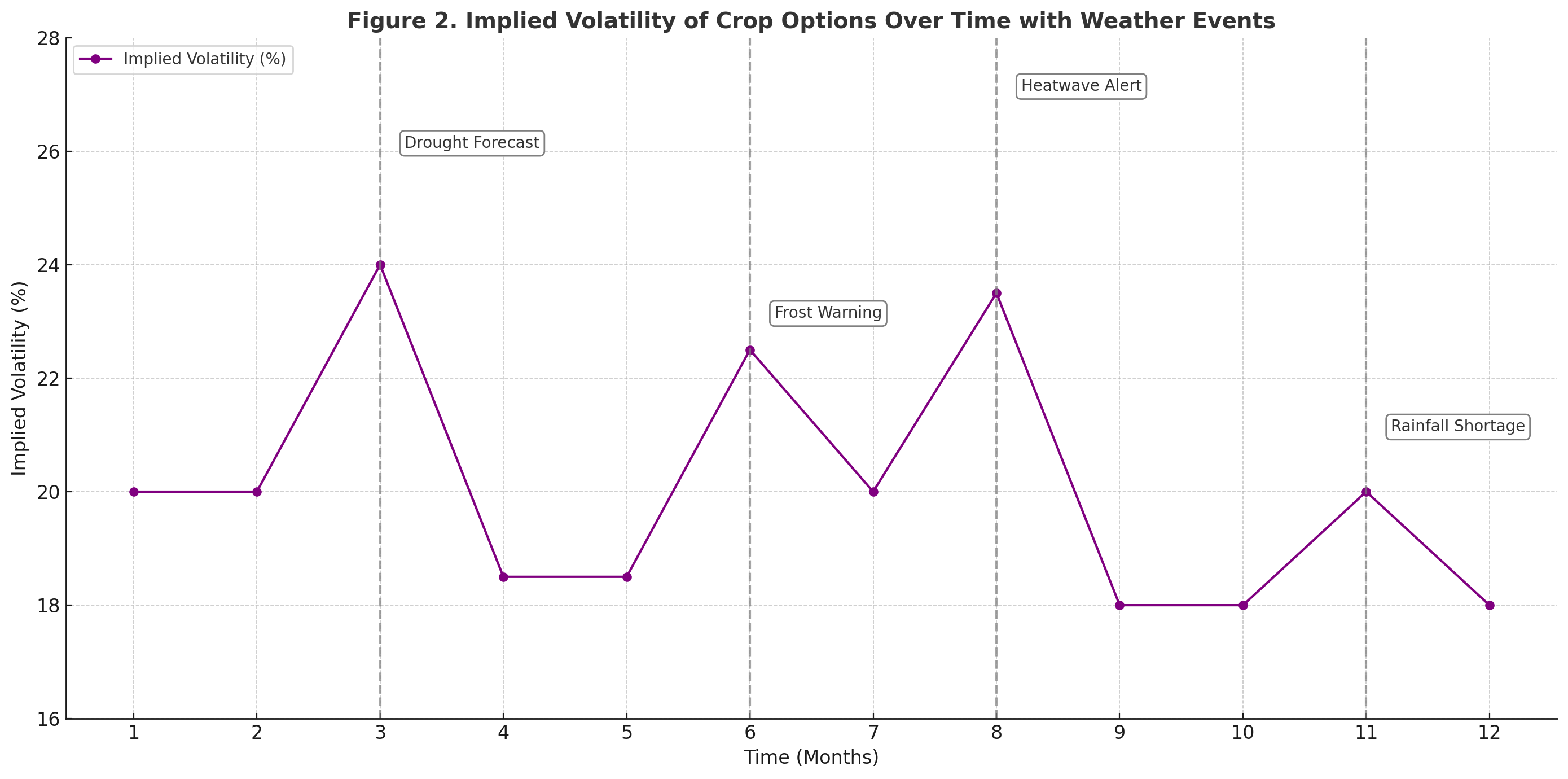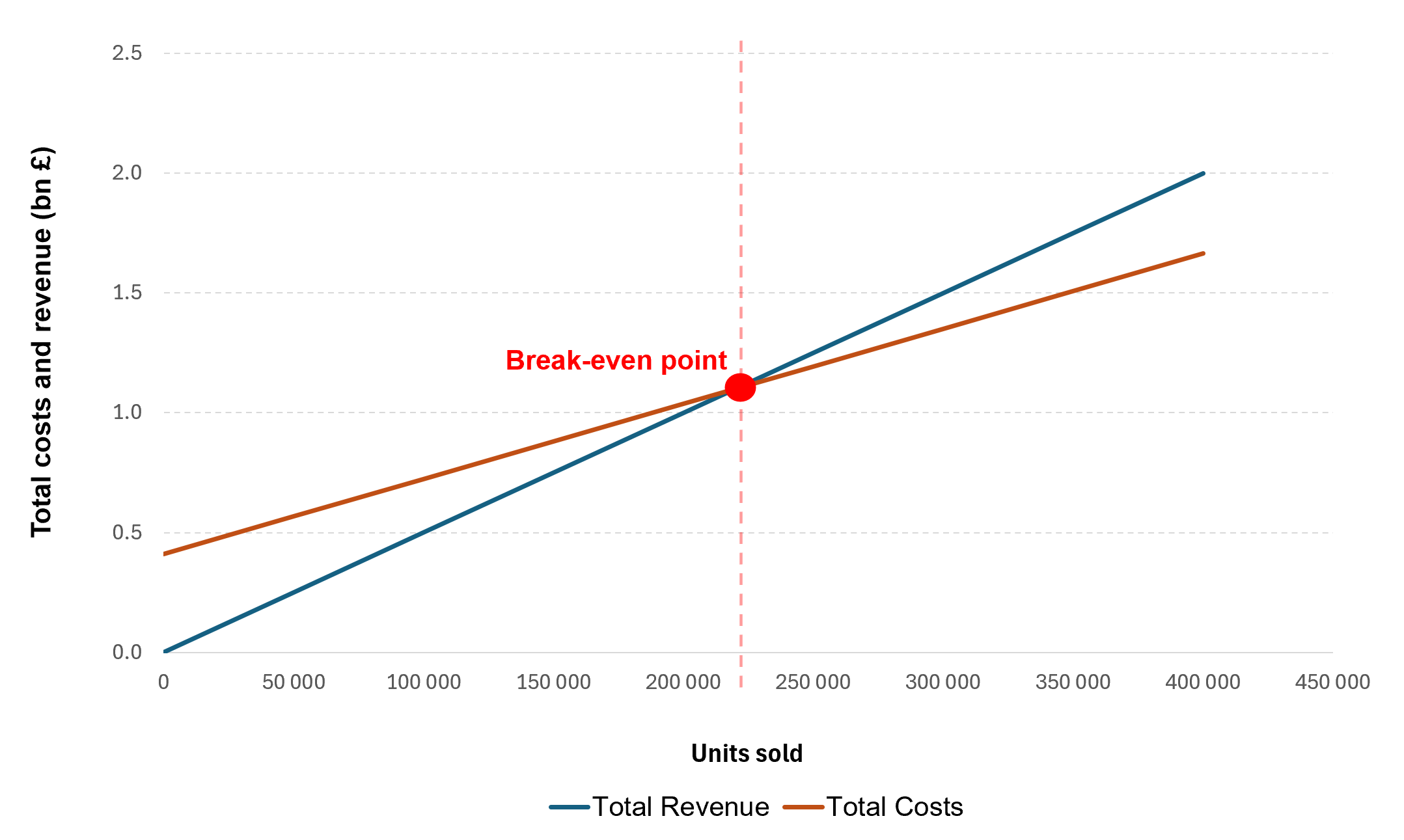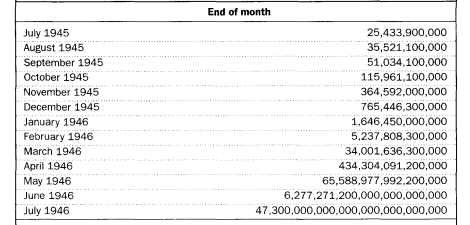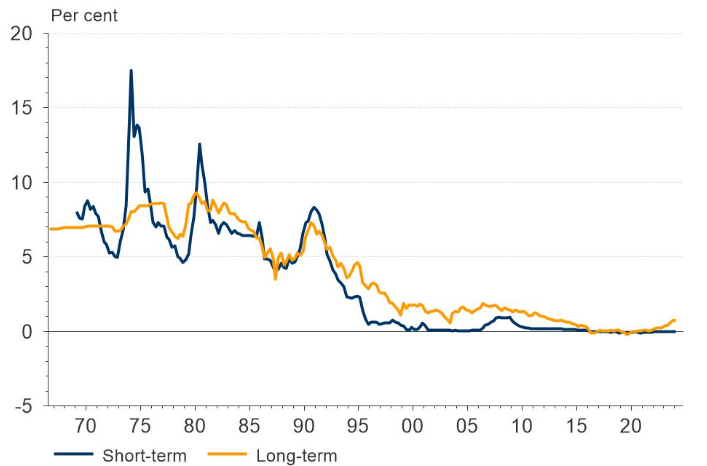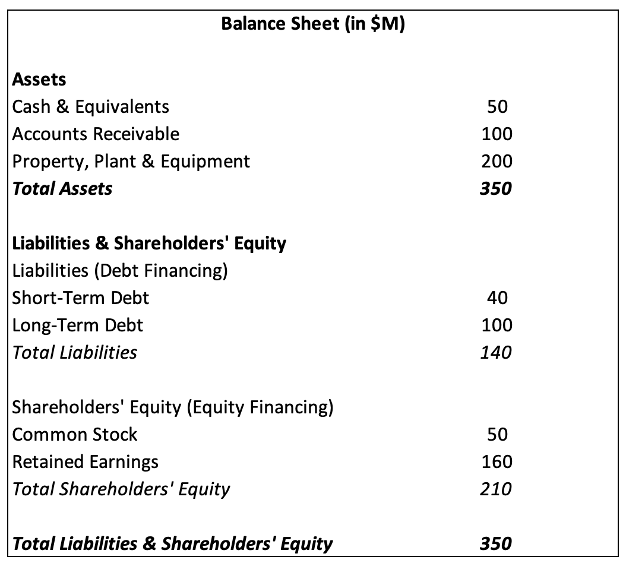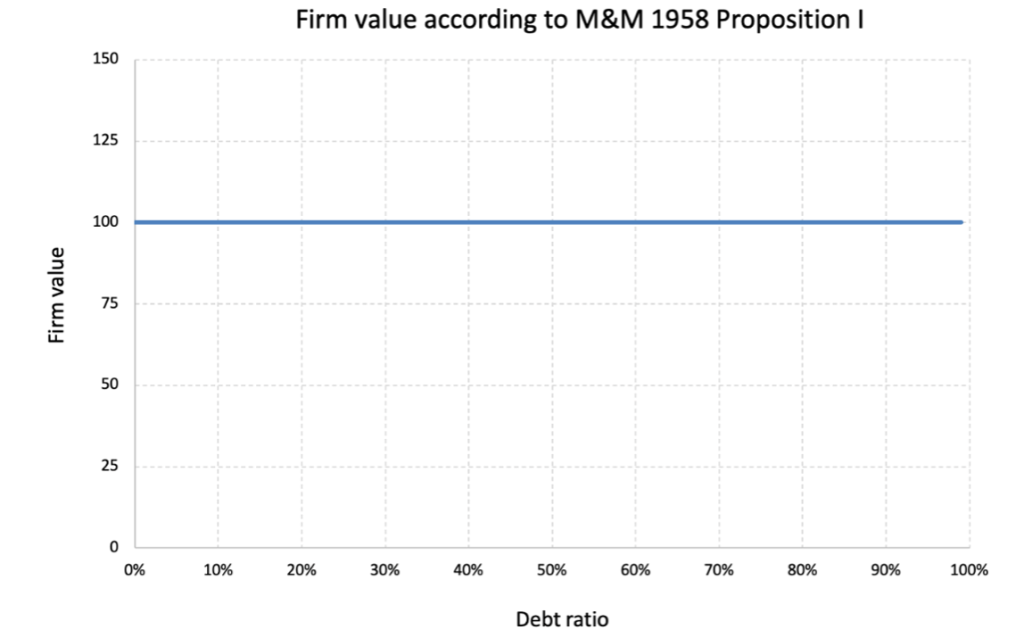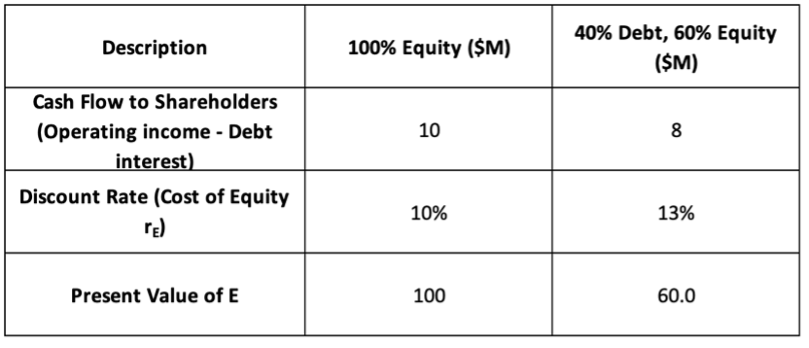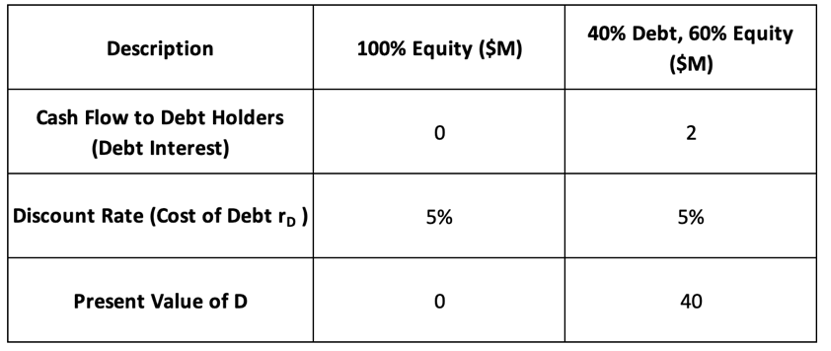
In this article, Annie YEUNG (ESSEC Business School, Global Bachelor in Business Administration (GBBA) – Exchange Student, 2025) shares her summer internship experience at Partner Plus Investments Limited as the Junior Analyst.
About the company
Partner Plus Investments Limited is an asset management company particularly focusing on fund of funds company. Partner plus investments limited operates by intersecting finance and technology and leverages sophisticated financial data analysis and modeling. The company is high-tech, and the team retrieves and develops insights from big data in order to make analytical insights and help our clients make informed investment decision. The company also aims to create and share reports to make investment decisions and specializes in sophisticated financial big data for extract valuable information. Partner Plus Investments limited meticulously curate portfolios and is driven by the exceptional commitment to deliver investment outcomes and value to the company’s clients. With an expertise and financial analysis and strong understanding of market dynamics, the company utilizes cutting edge, tools and technology to extract insights from vast amounts of financial data, which enables the company to make investment decisions and suggestions for clients with confidence and precision by staying on top of market trend and continuously monitoring the funds performance, Partner plus investments, limited strives to adapt their strategies, proactively to capture opportunities and make the best outcomes for clients in face of market dynamics. Therefore, partner plus investments limited focuses on transparency, integrity approaches, and builds long-term relationships with their clients based on trust and efficient communication, whilst always putting their clients first. Therefore, partner plus investment Limited serves its clients as being a trusted partner in achieving its clients’ financial goals.
Partnerplus Investments logo.

Source: Partnerplus Investments.
My internship
As the summer intern, I took on the role of being the junior analyst, contributing to the team with asset management and portfolio monitoring through daily analysis of financial data. At partner plus investments, I went beyond traditional data analysis through the creation of interactive reports that help empower and engage clients to understand macroeconomic environments and how it is related to our own investment decisions.
During the internship, one of my main tasks included conducting macroeconomic research. One of my important tasks included updating macroeconomic indicators on our data base. Based on the conducted research, we compiled and analyzed the data to create reports that not only showcase our findings but also provide a comprehensive summary and overview of our teams’s collaborative decision making and making sure that our investment strategies are reasoned and aligned with our client’s financial goals.
My missions
Hence, during the internship, I was able to combine technological knowledge with financial expertise and contribute to our team. I learned to use softwares and navigate through sophisticated financial data bases, including Bloomberg terminal, to compile data in order to drive insights and conduct interactive reporting. For example, we used graphic model for visualization of the fund performance for our clients.
Required skills and knowledge
In partner plus investments I learned about the skills and knowledge to retrieve vast amounts of financial data in order to analyze them and transform them into our known own knowledge that allow us to make well informed investment choices.
The first skill I learned was portfolio management skills which I understood about how we strategically allocate assets in order to optimize returns and effectively manage risks in our asset allocation. I also learned about performance analysis as I kept track of our companies investment and evaluated the performance of our portfolios by performing benchmark analysis to assess our investment outcomes. I also gained knowledge about fund of funds. During our fun selection I understood how we identified and selected funds in order to construct our diversified portfolios. I also learned about fund monitoring by making informed decisions, and keeping ourselves informed under changing market conditions, and trying to identify market patterns and apply them into our investment strategies. another skill that I learned was client reporting. as part of our daily job, it was important for us to communicate clearly to our clients. For example, we developed and wrote clear client reports in order to communicate effectively our investment strategies and performances to our clients. I learned about presenting complex financial information and to clear and concise formats for our clients. This included visualization of our data through software such as Excel and simplifying our data in order to make it clear to our clients.
What I learned
Another skill that I learned was how to perform financial modeling and utilize problem solving skills to solve and project financial situations. Financial modeling comes in large variety, and one may create models in order to address situations for different financial issues. I understood the importance of employing an analytical mindset.
I learned about problem solving and financial modeling during my internship at partner plus investments for example in one of my financial modeling tasks I learned to identify and manipulate different variables in order to address different investment outcomes as a result of our investment choices this was crucial in understanding and applying investment strategies in order to optimize our portfolio performance. I also learned about understanding the significance of periodic investments. during one of my tasks, I utilized periodic investments as a dependent variable and I saw how they impact overall portfolio growth and how they also allowed us to mitigate risks. I also gained technical proficiency as I was able to hone my skills in using excel and I applied my prior knowledge that I gained in previous academic settings to professional settings. I also honed my analytical thinking, as I was able to understand relationship more skillfully between target returns and investment timelines; I was able to apply this in analyzing for our fun performance metrics. I also learned about outcome evaluation; in our client reporting stages, I learned about analyzing data and scrutinizing the credibility of source of information before we included it in our reports.
Financial concepts related to my internship
I present below three financial concepts related to my internship: efficient market hypothesis, client Relationship management, and Sharpe ratio.
Efficient market hypothesis
The first important financial concept that I learned from my internship was the efficient market hypothesis. This hypothesis explains that share price reflects all available information. Hence, in an efficient market, it would be impossible for invewstors to purchase undervalued stocks or sell stocks for inflated prices; it would be Impossible to outperform market through expert stock selections. Indeed, there are studies that find only 23% active managers were able to outperform their passive peers. With a stock market with such large amount of actors, some investors would outperform the market, and some investors would underperform the market. However, it is important to note that in our current world’s markets, it may be hard to have a completely efficient market. This means that due to other outside factors, some investors may have more information than others, which this leads to an inefficient market. Hence, in inefficient markets, asset prices don’t accurately reflect true value due to info asymmetries, lack of buyers and sellers, and high transaction costs.
Client Relationship management
Another important financial concept that was important to my internship was Client Relationship management. As I refine my skills in evaluating for our investment outcomes through client reporting, I understood the importance of client relationship management. this involved managing our interactions with clients and potential clients which was essential for our company by effectively building relationships we were able to tailor our investment strategies to meet our clients’ needs and help our clients better reach their financial goals. during our client relationship management, it was also important that we we’re able to generate accurate performance assessments in order to report our performance to our clients and provide frequent performance updates and investment recommendations effectively. hence only through ensuring reliable credible and transparent reporting could we provide our clients with detailed insights about our portfolios and enhance our partnership with them.
Sharpe ratio
The third financial concept that was incredibly important to my internship was the Sharpe ratio. The Sharpe ratio is a measure of risk-adjusted return, and it defines as the excess return of an investment compared to the risk free rate per unit of risk. during the internship by calculating and interpreting sharpie ratios we were able to better assess the performance of our investment portfolios, and this could effectively allow us to evaluate the returns generated by our portfolio. a higher ratio indicates better risk-adjusted returns; hence we could use the Sharpe ratio to compare the risk-adjusted performance and better understand how much risk we are taking to achieve a certain level of return.
Why should I be interested in this post?
This post should interest you if you are also looking for gaining valuable professional experience in a fund related company, as it introduces and discusses what it is like to work in one! You will be able to learn many hands-on knowledge about portfolio management and conducting financial research.
Related posts on the SimTrade blog
If you are also looking for an internship or wanting to potentially work in portfolio management, you may find useful information by reading other posts where students also shared their professional experience in similar fields.
▶ Chloé ANIFRANI Creating a portfolio of Conviction
▶ Ziqian ZONG My experience as a Quantitative Investment Intern in Fortune Sg Fund Management
▶ Samia DARMELLAH My Experience as a Credit Risk Portfolio Analyst at Société Générale Private Banking
▶ Vardaan CHAWLA Real-Time Risk Management in the Trading Arena
About the author
The article was written in July 2025 by Annie YEUNG (ESSEC Business School, Global Bachelor in Business Administration (GBBA) – Exchange Student, 2025).

